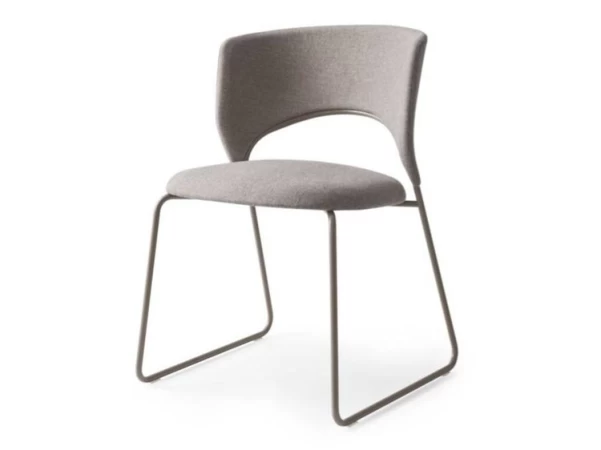
There are two programming answers for recognizing modified photographs.
The programmed confirmation of the realness of a photograph will be made conceivable by the utilization of a little free programming: JPEGsnoop. I call attention to that shockingly, this product doesn't exist for Mac or Linux conditions.
This product will look at the Exif information of your picture (specialized information incorporated into your photograph at the hour of the shooting and during the preparing by your photograph altering programming) and contrast its pressure rate with its database gathering data on a huge number of cameras. From this investigation, JPEGsnoop will decide if your picture is crude or not.
All of a sudden, the assessment of Exifs information by the product will enable you to get familiar with a ton of things about the photograph (camera and correcting programming utilized, shooting parameters, and so forth.)
Its utilization is exceptionally straightforward: after introducing the product on your PC, you simply need to open the photograph (File/Open Image… ) and click on OK. At that point go to the base of the engravings that show up on the screen and take a gander at the last lines.
A class extending from 1 to 4 shows up and tells you what it is:
class 1: the photograph has been modified (picture is prepared/altered)
class 2: the picture has a high likelihood of being altered (picture has a high likelihood of being prepared/altered)
class 3: the picture has a high likelihood of being a unique photograph (picture has a high likelihood of being unique)
class 4: dubious whether it is a unique or corrected photograph (unsure whenever handled or unique)
Take the case of this monster lobster photograph found on the net. Investigation of the photograph by JPEGsnoop uncovers that it is a phony photograph (class 1).
On the off chance that this product permits learning a great deal about the preparing experienced by a picture, it additionally has its points of confinement:
As reported above, it doesn't affect a photograph improvement (shading, differentiate) and a photomontage.
He considers a picture in the Raw organization changed over to Jpeg as a repair.
In spite of its enormous database, some of the time happens that photographs show up in class 4.
The other programmed identification arrangement is to go to FotoForensics for an online examination of your picture.
Foto Forensics has a fundamentally extraordinary investigation technique from Jpegsnoop since it looks at the distinctions in the pressure of your picture. A realistic portrayal rises there or shows up the ELA ( Error Level Analysis which can be converted into French by the examination of the degree of mistake).
Enter the URL of the picture or transfer it to the site and snap on the "Transfer URL" or "Transfer Picture" button. A by and the large dark picture shows up under the first photograph: it is an ELA portrayal.
To break down this realistic portrayal, it ought to be contrasted with the first picture.
Regions of comparable surface or shading (sky, grass, apparel, and so on.) ought to show up the equivalent and equally. On the off chance that, for instance, a region of the sky shows up quickly, this implies the degree of pressure is unique and that this territory has subsequently been corrected.
Presently how about we test the ELA investigation:
1. I evacuate the red vessel in a closer view on this photograph. 2. I currently continue to break down the picture in this way adjusted. We can see at the base right that the ELA portrayal of the ocean isn't uniform. It is darker and shows the territory that has been cleaned up.
For more data on the most proficient method to examine the ELA portrayal of FotoForensics, I emphatically encourage you to go to this instructional exercise (in English).
Discovery isn't ideal on Jpeg pictures recorded a few times (which is tragically frequently the case for photographs found on the net). The poor Jpeg quality disturbs the ELA identification which at that point shows up primarily in dark.
The investigation of the pictures is impossible on photographs in Jpeg or Png design.
As should be obvious, there is no wonder answer for relating to assurance a corrected photograph. FotoForensics still offers a more top to bottom and more intriguing investigation than Jpegsnoop because it makes it conceivable to find the speculate zone (s).
Also read more,
Clippingphotoindia is a web-based business photograph altering specialist organization re-appropriating organization give the best clipping path services provider and modest picture correcting administration for picture taker.